The Five "Cs" of Wire Wrapping Intro
One of my favorite classes to teach is basic wire wrapping. I start class by announcing that we are going to explore the role of the letter "C" in wire wrapping. I watch my students go letter by letter in their mind to confirm that, indeed, there is no letter "C" in wire wrapping. A slow smile emerges, and "C" words fill the room.
"Convenient, circle, connect, consistent, cut, quality," someone always says the latter and we get a good laugh, leaving me the perfect segue.
Yes, all of these! Quality wire wrapping requires consistency. And the key to consistency is learning the proper way to create a circle, connect, coil, cut, and clean. These techniques require deliberate changes in the position of your wire and your tools. Together, all of these "Cs" create a formula for the perfect wire wrap every time.
This is not a new or super-secret method for wire wrapping. Almost every artist I know wire wraps in this or a similar manner using the same ingredients. Instead, this is simply the recipe. It is my way of breaking down the entire process into memorable chunks to help you better understand what to do when, and more importantly, why you are doing it.
I value all methods of learning. If you are curious by nature as to why things work, have the desire to learn things once, or want a way to teach other people how to wire wrap, this series of articles is for you. It breaks down each step in detail and explains why you are doing it. There are also numerous tips and tricks throughout.
However, if you prefer trial and error methods of learning, this series may be overwhelming. I value this method of learning, which I call creating recklessly, as it often leads to innovation. In this case, I suggest you experiment with wire wrapping first, and then when you are ready to learn some tricks to improve your quality and consistency, come on back. You'll have an "aha" moment then, I promise.
Yes, all of these! Quality wire wrapping requires consistency. And the key to consistency is learning the proper way to create a circle, connect, coil, cut, and clean. These techniques require deliberate changes in the position of your wire and your tools. Together, all of these "Cs" create a formula for the perfect wire wrap every time.
This is not a new or super-secret method for wire wrapping. Almost every artist I know wire wraps in this or a similar manner using the same ingredients. Instead, this is simply the recipe. It is my way of breaking down the entire process into memorable chunks to help you better understand what to do when, and more importantly, why you are doing it.
I value all methods of learning. If you are curious by nature as to why things work, have the desire to learn things once, or want a way to teach other people how to wire wrap, this series of articles is for you. It breaks down each step in detail and explains why you are doing it. There are also numerous tips and tricks throughout.
However, if you prefer trial and error methods of learning, this series may be overwhelming. I value this method of learning, which I call creating recklessly, as it often leads to innovation. In this case, I suggest you experiment with wire wrapping first, and then when you are ready to learn some tricks to improve your quality and consistency, come on back. You'll have an "aha" moment then, I promise.
Moving the wire versus the pliers
Before we start, it is important to understand the difference between two types of movement: wire movements and plier movements. Every move you make should change the position of the wire or the pliers, but never both at the same time. If you keep this in mind as you work, you will be able to troubleshoot early on and avoid problems you can't undo. If you see both the wire and the pliers move at the same time, simply stop and start that step again. You'll be back on track!
Video 1: Wire movement followed by a plier movement. Notice each moves independently (Video coming)
Before we start, it is important to understand the difference between two types of movement: wire movements and plier movements. Every move you make should change the position of the wire or the pliers, but never both at the same time. If you keep this in mind as you work, you will be able to troubleshoot early on and avoid problems you can't undo. If you see both the wire and the pliers move at the same time, simply stop and start that step again. You'll be back on track!
Video 1: Wire movement followed by a plier movement. Notice each moves independently (Video coming)
Video 2: Avoid this. The wire and the pliers are moving at the same time. (Video coming)
One last note, if you are left handed, feel free to switch the pliers to your preferred hands. Along the way, I'll point out any additional adjustments you'll need to make.
Click below to navigate to the next lessons in this series:
Five Lessons to Perfect Wire Wrapped Loops
The Five Cs of Wire Wrapping Step 1: The Circle
The Five Cs of Wire Wrapping Step 2: Connect
The Five Cs of Wire Wrapping Step 3: Coil
The Five Cs of Wire Wrapping Step 4: Cover then Cut
The Five Cs of Wire Wrapping Step 5: Clean
Five Lessons to Perfect Wire Wrapped Loops
The Five Cs of Wire Wrapping Step 1: The Circle
The Five Cs of Wire Wrapping Step 2: Connect
The Five Cs of Wire Wrapping Step 3: Coil
The Five Cs of Wire Wrapping Step 4: Cover then Cut
The Five Cs of Wire Wrapping Step 5: Clean
Materials

Wire

Beads
Tools

WireJewelry - Ultimate Wire-Pliers Jewelry Pliers with Case, Set of 5
G15-20
- G15-20
- Lesson Quantity: 1.00 pieces
- Purchase Quantity: 1.00 each
- Price: $170.72
- Gold Club Price: $128.04
- Category: Classic
- Technique(s): Wrapping






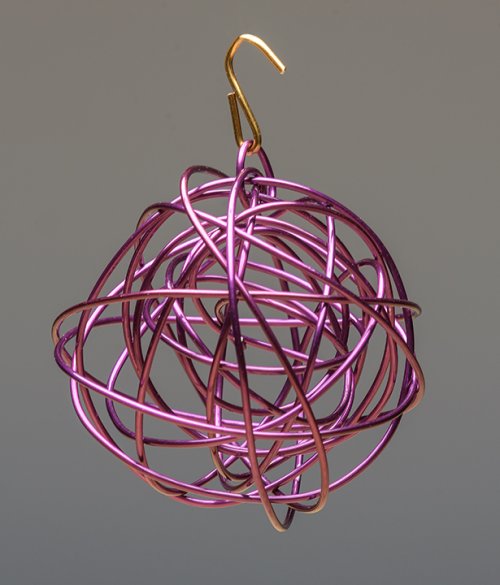
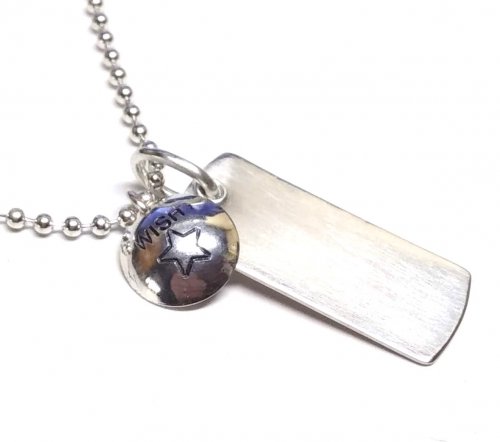
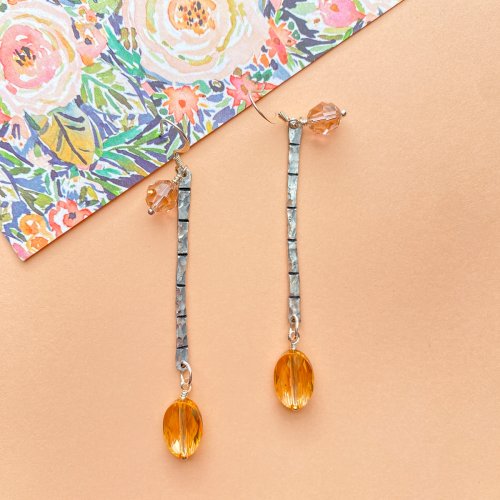



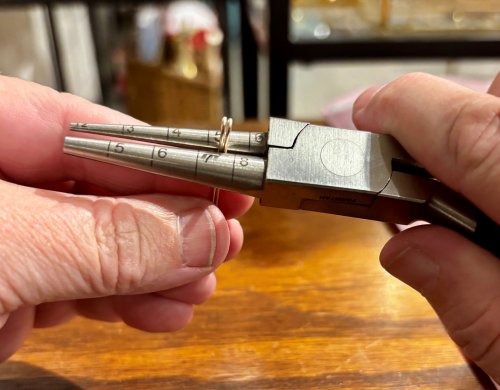






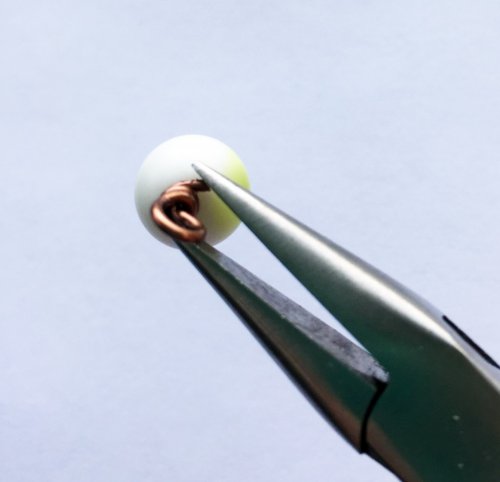 The Five Cs of Wire Wrapping Step 5 Clean
The Five Cs of Wire Wrapping Step 5 Clean The Five Cs of Wire Wrapping Step 4 Cover then Cut
The Five Cs of Wire Wrapping Step 4 Cover then Cut  The Five Cs of Wire Wrapping Step 3 Coil
The Five Cs of Wire Wrapping Step 3 Coil The Five Cs of Wire Wrapping Step 2 Connect
The Five Cs of Wire Wrapping Step 2 Connect The Five Cs of Wire Wrapping Step 1 The Circle
The Five Cs of Wire Wrapping Step 1 The Circle
